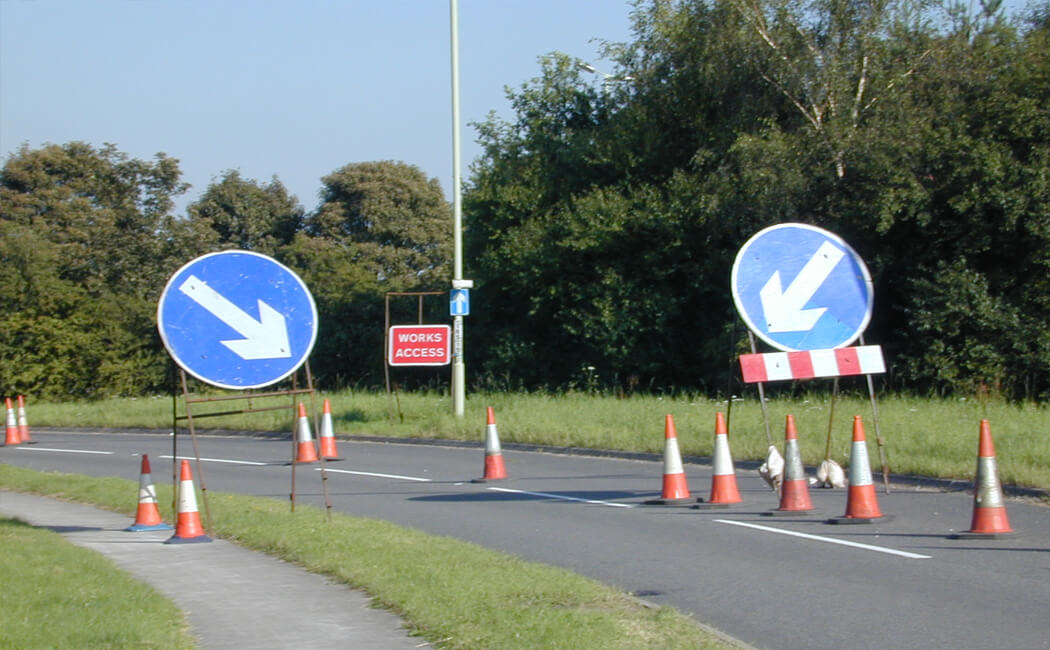Understanding the different types of road hazards

When you’re learning to drive you need to be aware of the different types of road hazards that occur on different roads and environments
Depending on where you are driving will make a big difference to the types of road hazards that you can expect to see. There are always a few exceptions to the rule, but here are a few examples of what you might expect.
Different types of road hazards in residential areas (built-up)
In some residential areas, you may see a 20 mph speed limit in force. It is vital that you take extra care when driving through built-up areas, as you can expect to see plenty of pedestrians, cyclists and parked cars.
Rather than just looking directly down the road, try to scan the area paying special attention to parked cars that could be hiding a small child about to run out into the road.
Below are just some of the different types of hazards that you can expect to see when driving in residential areas:
- Vehicles emerging from junctions
- Car doors opening
- Vehicles moving off or coming out of driveways
- Pedestrians
- School crossing patrols
- Children running out from between parked cars or playing at the side of the road
- Animals running out into the road (mainly cats and dogs)
- Cyclists and motorcyclists

Different types of hazards in country lanes
You must take special care when travelling on country lanes. In most cases the speed limit is much higher than in residential areas, so vehicles will be travelling at a much higher speed.
You will also find that your visibility is greatly restricted due to narrow lanes, overgrown hedges and sharp bends.
It is vital that you adjust your speed to suit the road you are travelling on and don’t feel pressurised to drive at the speed limit that has been set.
Below are just some of the different types of road hazards that you can expect to see when driving on country lanes:
- Narrow country lanes, possible only wide enough for one vehicle
- Sharp bends
- Blind junctions covered by overgrown trees and shrubs
- Unmarked junctions
- Horses
- Cyclists
- Pedestrians walking on the opposite side of the road.
- Farm animals
- Slow moving vehicles, such as tractors.
Practise your Hazard Perception skills
Now you have some idea of the sorts of road hazards to be aware of, you should practise and hone your Hazard Perception skills.
Why not use our award-winning Driving Theory Test 4 in 1 App to revise while on the move? Not only does it have everything you could possibly need to pass your Theory Test, but it also has 85 interactive Hazard Perception clips including the 34 DVSA CGI clips and cheat detection, just like in the real test!
Download now in iOS or Android for just £4.99



